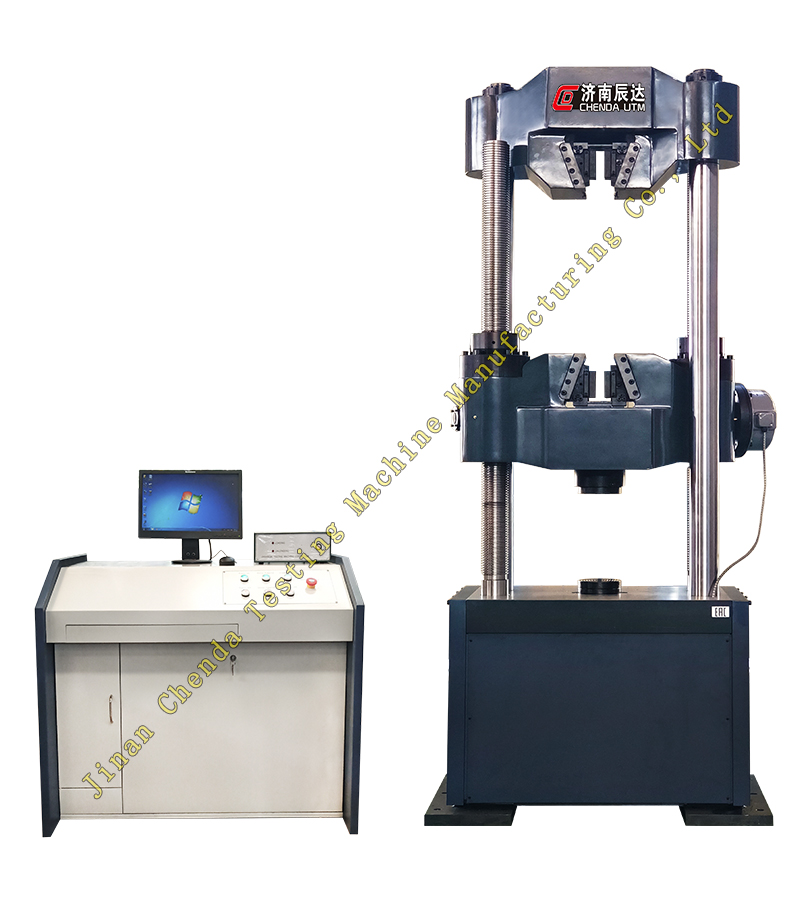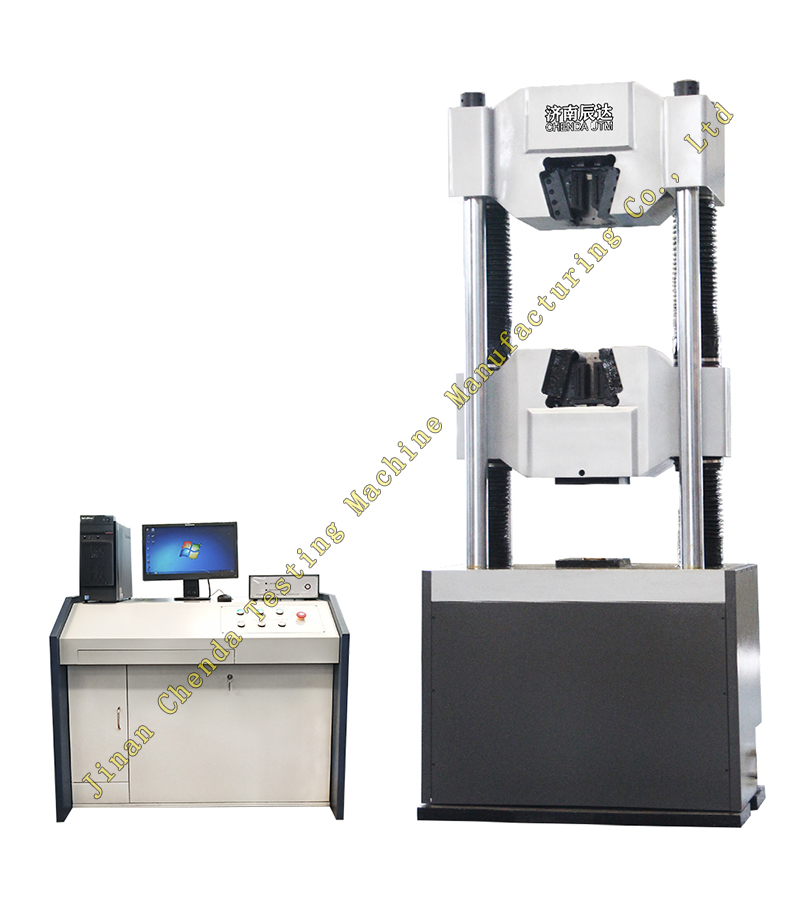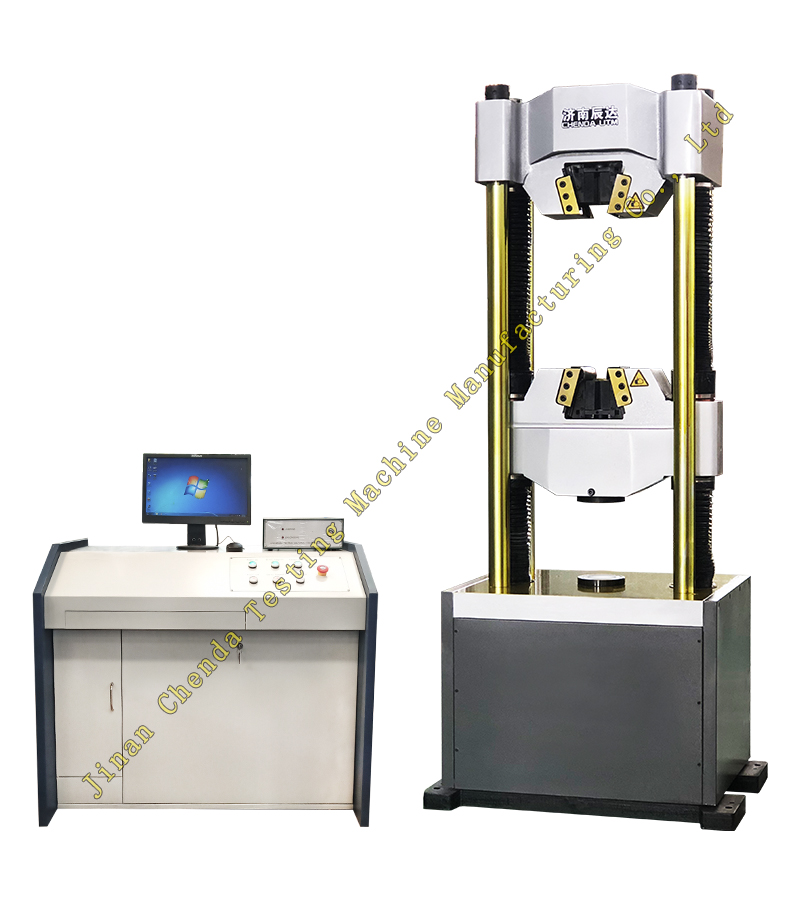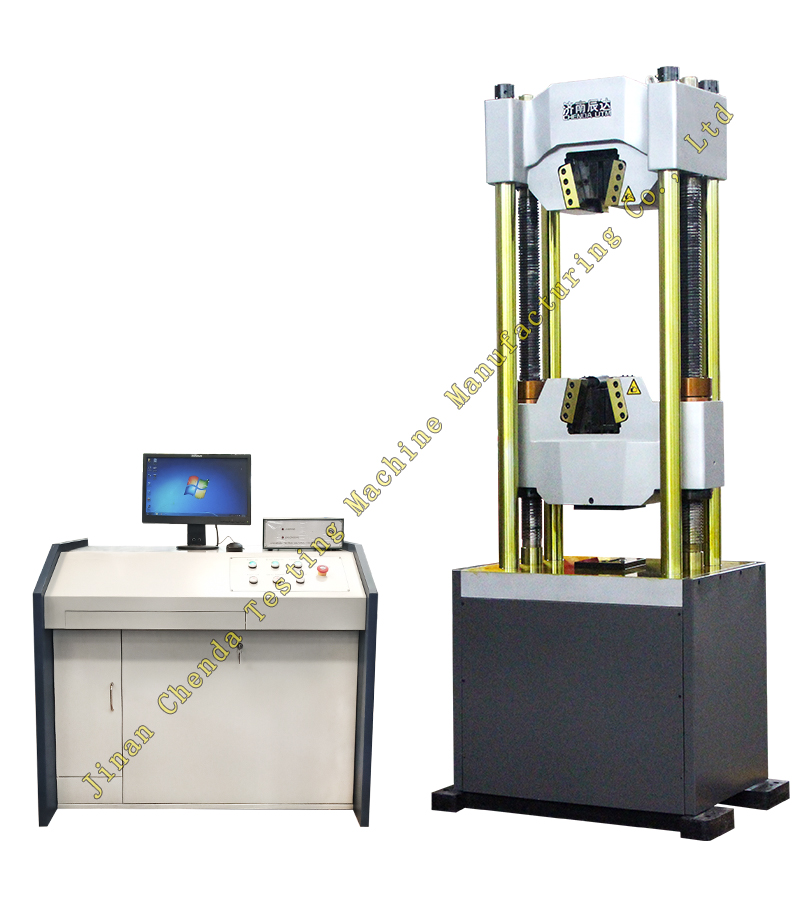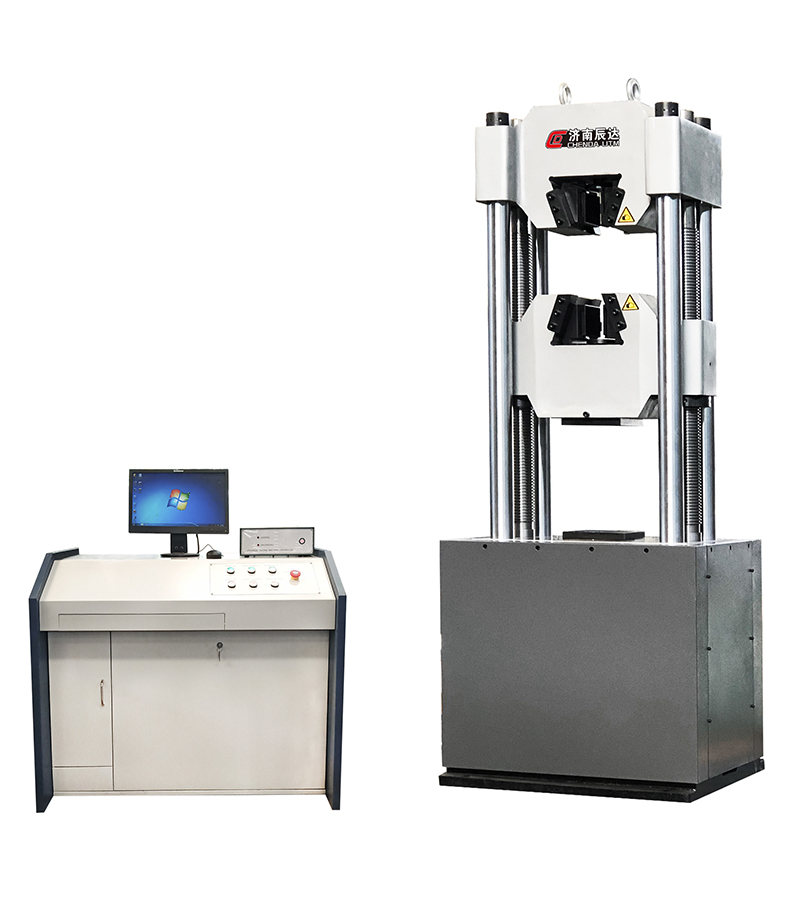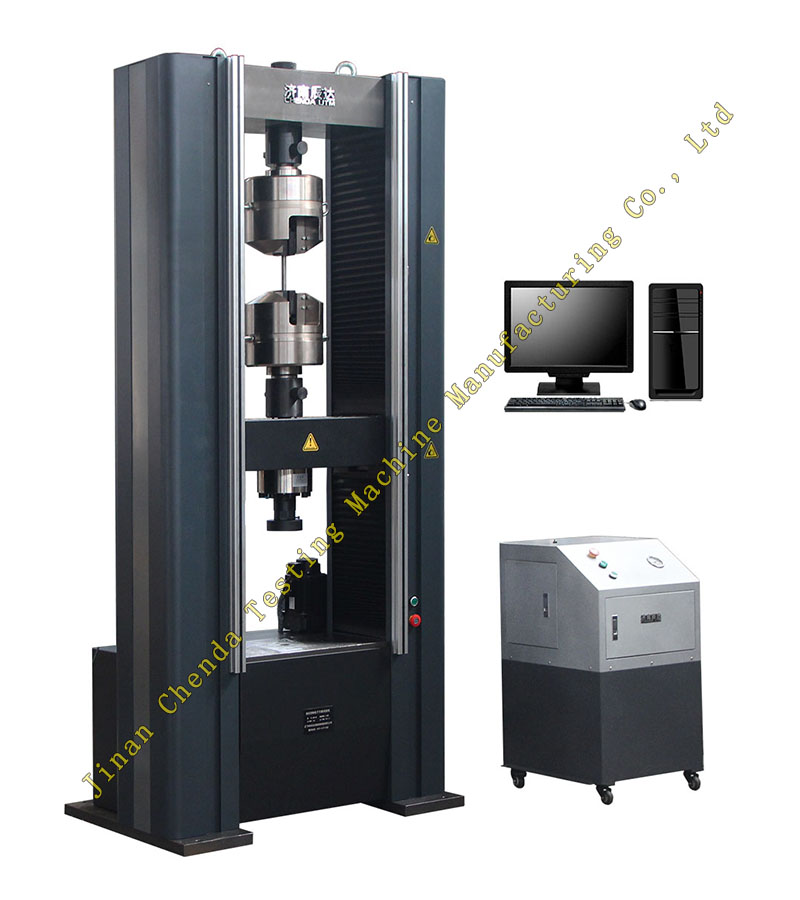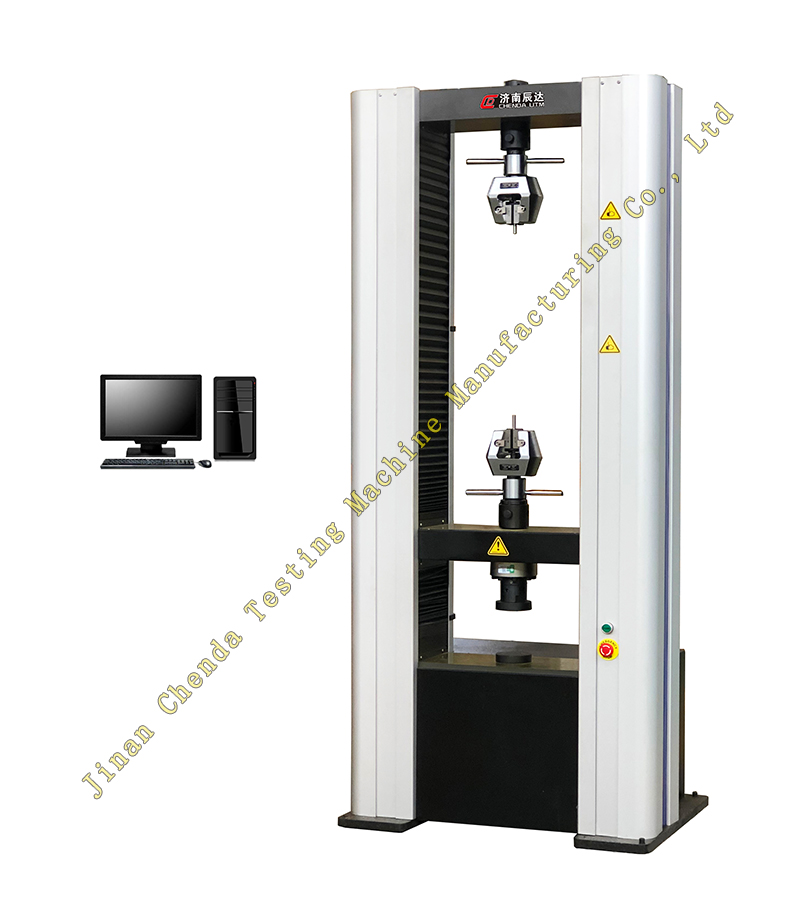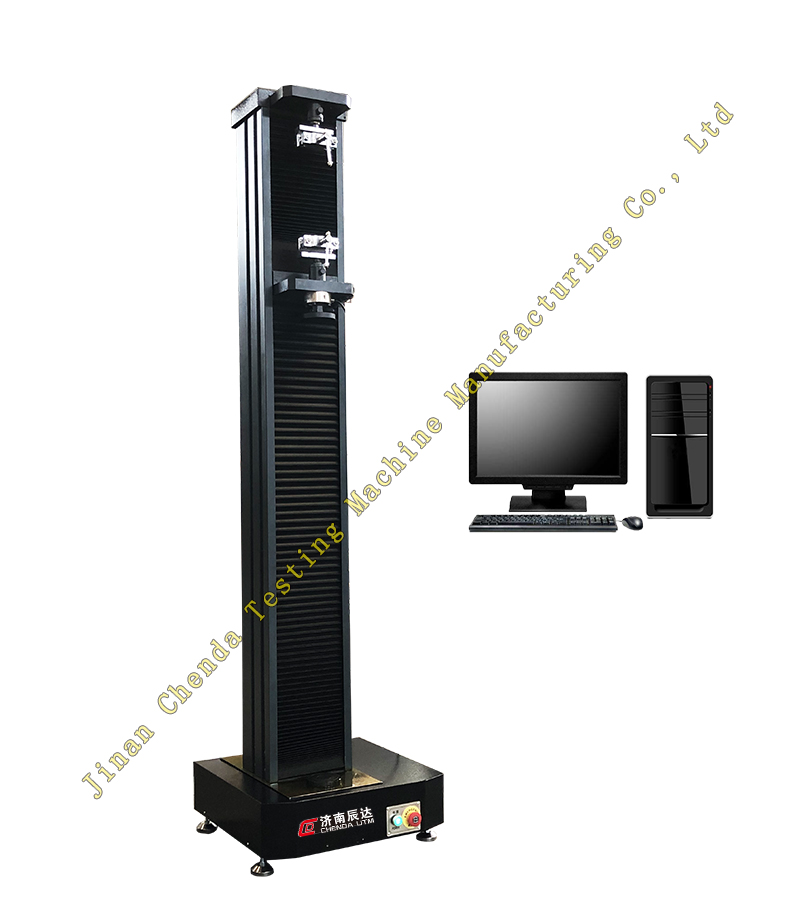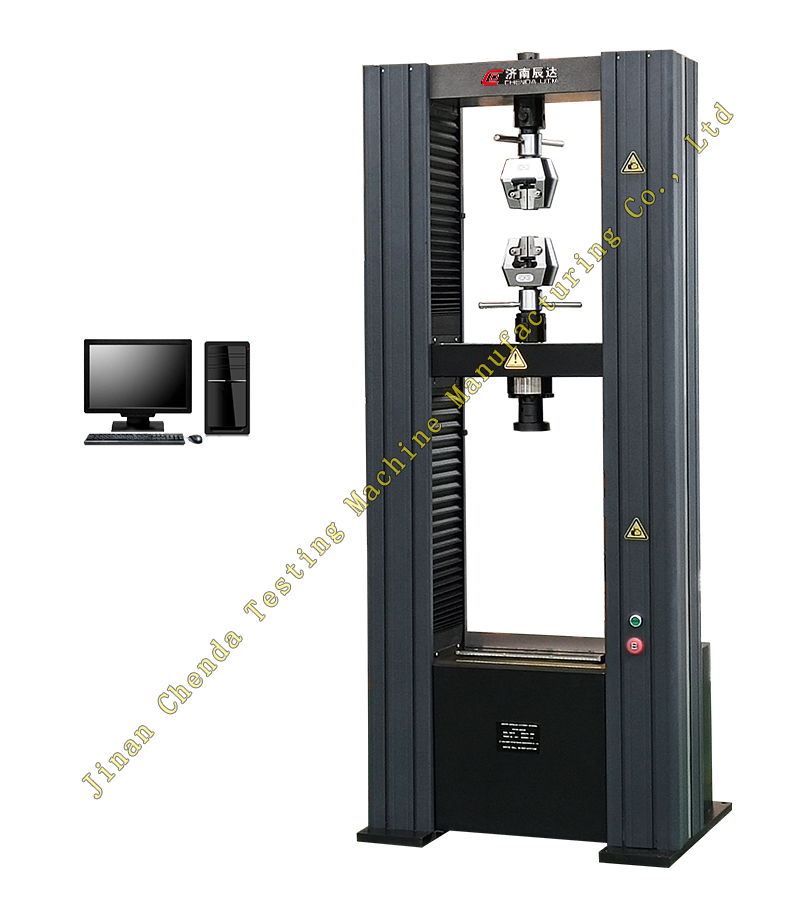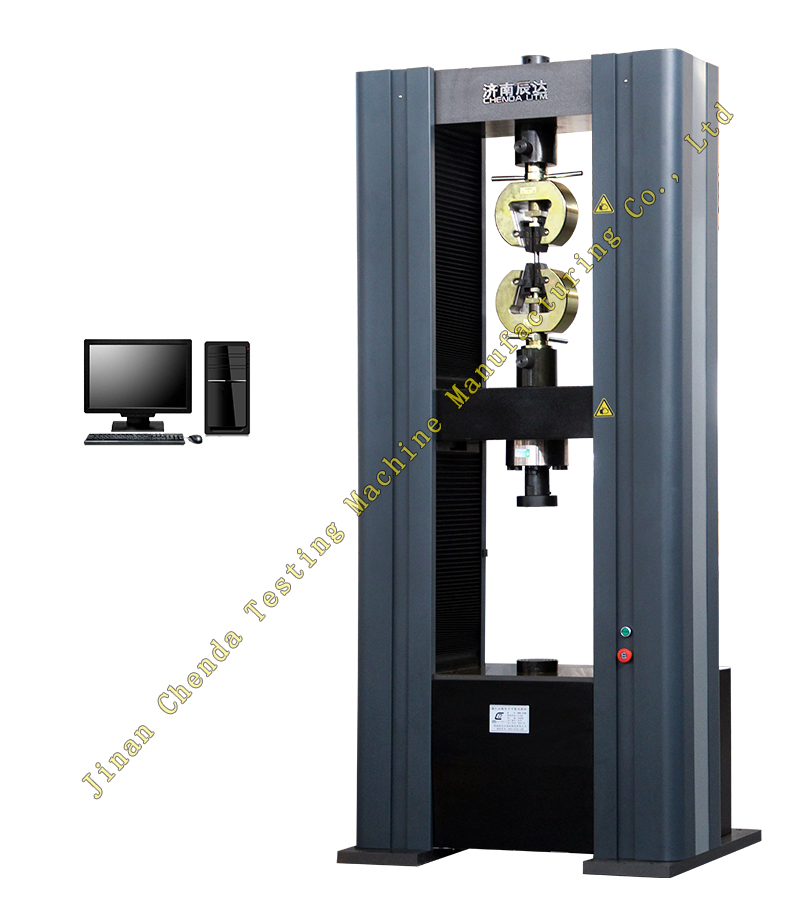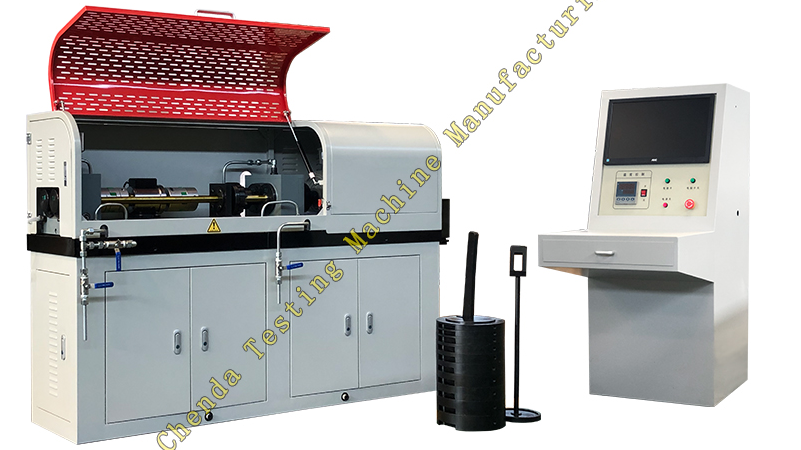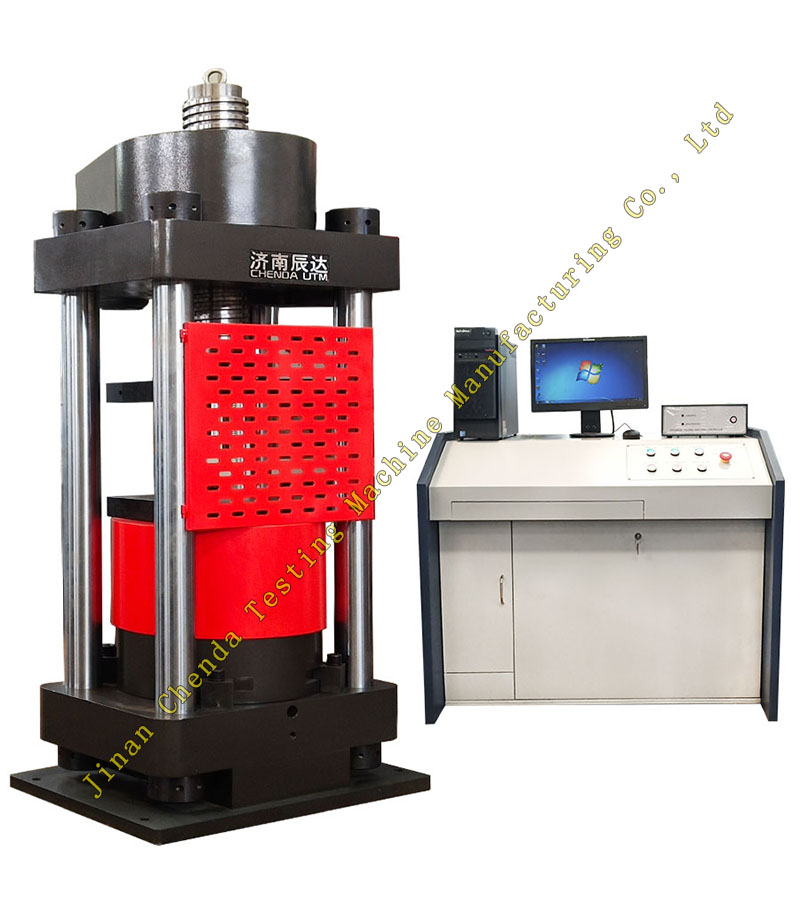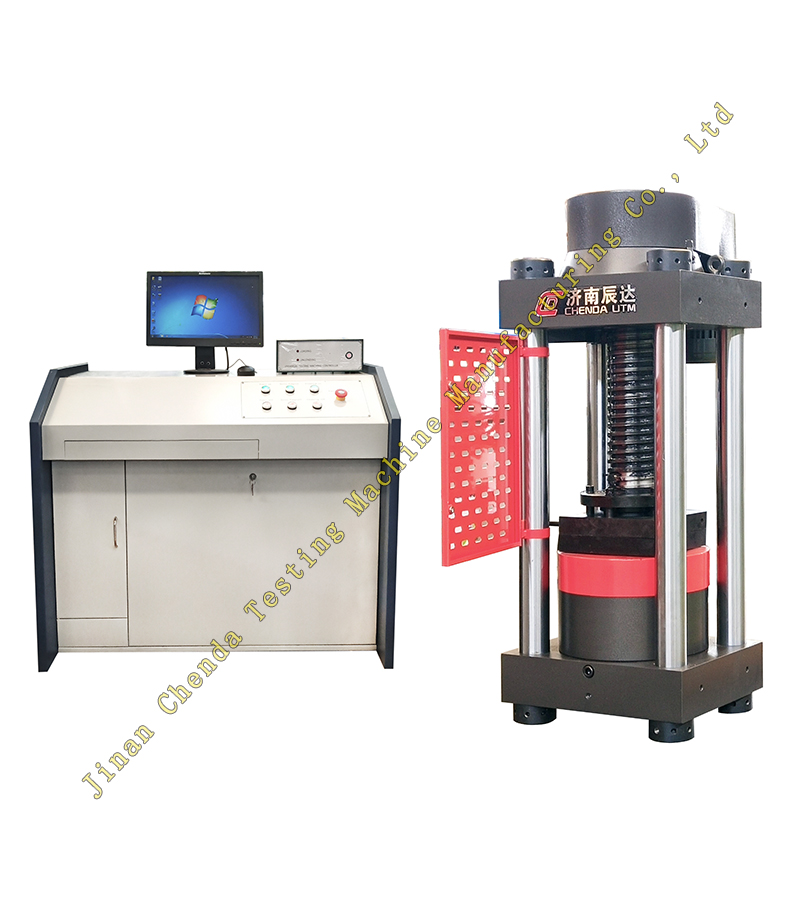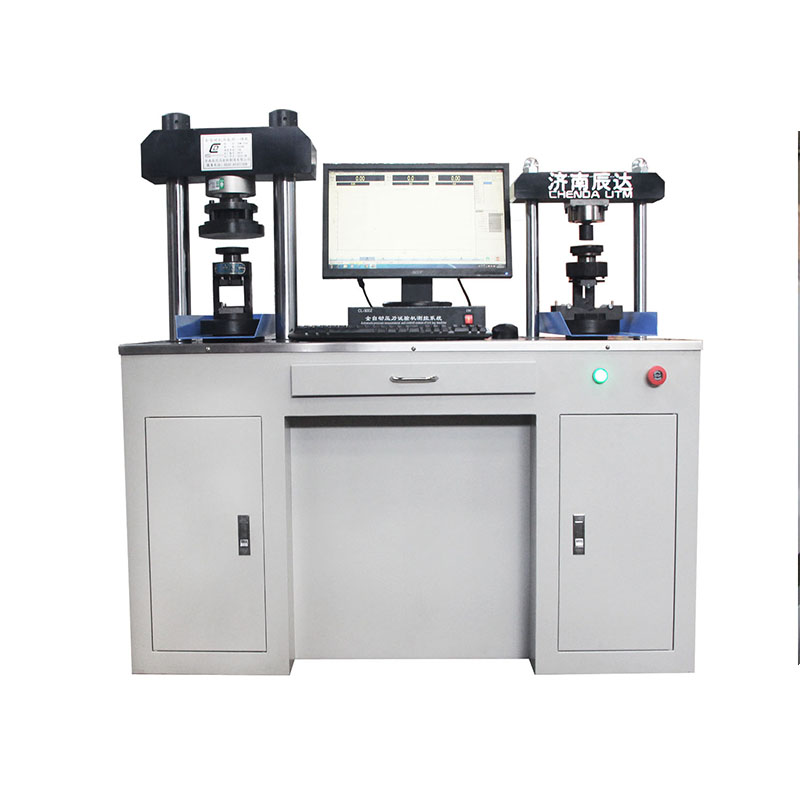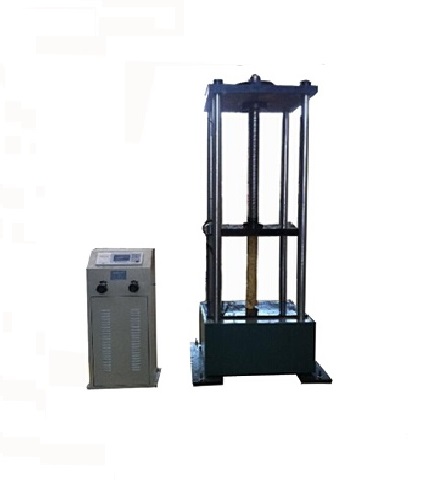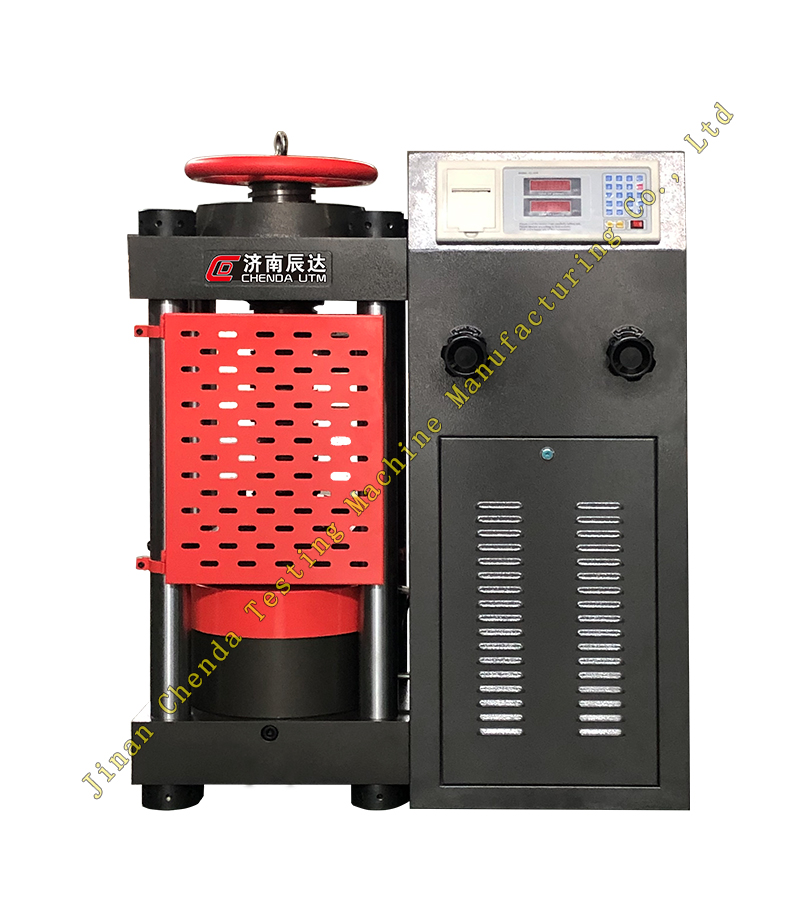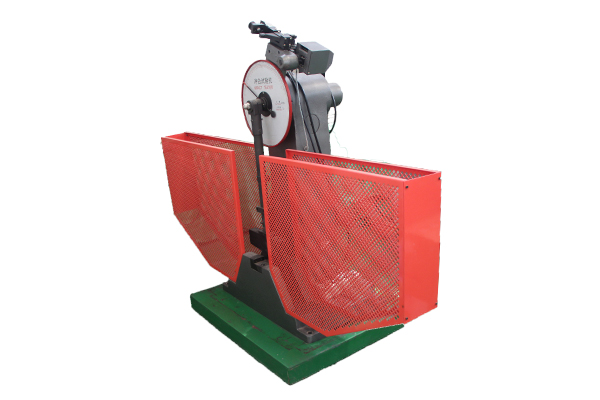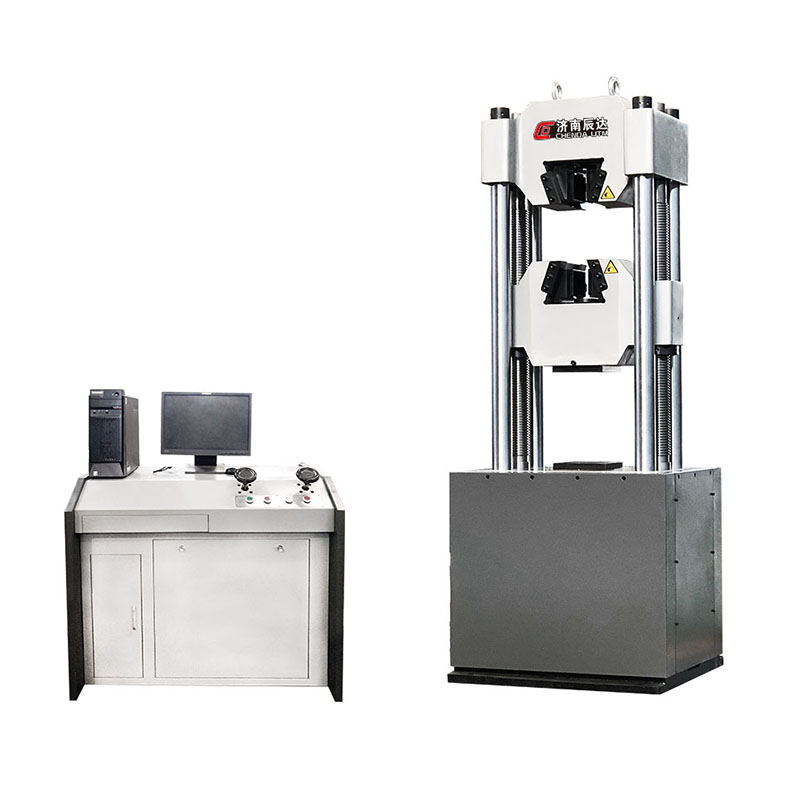
As the core equipment for testing the mechanical properties of materials, tensile testing machines are widely used in fields such as scientific research, quality inspection, and production. How to efficiently select suitable equipment in the face of diverse market products? The key is to start from actual needs and focus on matching core parameters with functions.
1、 Clear testing objectives: triple positioning of materials, projects, and standards
Firstly, it is necessary to clearly define the test object: is it metal, plastic, rubber, fabric, or composite material? The significant differences in strength and ductility of different materials directly affect the selection of measurement range. For example, metal tensile testing may require a range of 50kN or more, while elastomer testing is typically within 5kN.
Secondly, clarify the testing items: different tests such as stretching, compression, bending, peeling, tearing, etc. have different requirements for the fixture configuration and sensor accuracy of the equipment. If peel testing requires specialized fixtures, while cyclic fatigue testing has higher requirements for motor stability and data acquisition frequency.
In addition, it is necessary to comply with the target standards (such as GB/T, ISO, ASTM, etc.) to ensure that the loading speed, displacement accuracy, and other parameters of the equipment meet the standard specifications, and to avoid affecting the effectiveness of the testing report due to compliance issues.
2、 Core performance parameters: precise matching of range, accuracy, and control
1. Range selection: Based on the estimated maximum destructive force of the tested material, select a model with a range upper limit of 1.5-2 times, which not only avoids the risk of overload but also maintains high accuracy in the commonly used range (usually the equipment has the best accuracy within the range of 20% -100%).
2. Accuracy level: Sensor accuracy directly affects data reliability. It is recommended to choose equipment within ± 0.5% FS (full-scale error), and high-precision demand scenarios (such as aerospace materials) can consider ± 0.2% FS level models.
3. Control and Collection: Based on operating habits and data processing requirements, choose microcomputer control (suitable for complex analysis), digital display control (suitable for on-site rapid detection), or touchscreen all-in-one machine (balancing convenience and intelligence). The supporting software needs to support functions such as real-time data curves, report export, and multi-dimensional analysis.
3、 Functional adaptability: fixtures, expandability, and automation experience
1. Fixture compatibility: Ensure that the equipment supports rapid replacement of multiple fixtures, especially for customized accessories for irregular samples (such as films and cables), to avoid later modification costs.
2. Automation upgrade: For high-frequency testing scenarios, models with automatic clamping, automatic sample fracture shutdown, and automatic data synchronization functions can be selected to improve efficiency and reduce human errors.
3. Environmental adaptability: If high temperature, low temperature, or humid and hot environment testing is required, corresponding environmental boxes should be configured, and it should be confirmed whether the equipment's heat dissipation and dust prevention design meets long-term stable operation.
4、 Brand and Service: Invisible Guarantee of Long term Value
Priority should be given to brands with core technology research and development capabilities, and reliability can be evaluated by examining enterprise patents and industry application cases (such as whether they serve top customers in the same field). In terms of after-sales service, it is necessary to confirm whether installation and debugging, operation training, regular calibration, and emergency response are provided, especially focusing on the warranty period and maintenance costs of core components such as sensors.
5、 Field investigation and comparison: avoiding "parameter blind spots"
It is recommended to observe the operation of the equipment in person, focusing on whether the loading process is smooth and vibration free, whether the software operation is smooth, and whether the data curve is smooth. When comparing different brands, it is not only important to focus on hardware parameters, but also to consider detailed design (such as sample installation convenience, equipment noise level), and choose a "sufficient and applicable" solution based on budget to avoid excessive pursuit of high-end configurations and resource waste.
The essence of choosing a tensile testing machine is "demand translation" - transforming actual testing scenarios into quantifiable technical indicators, and then finding the optimal solution through comprehensive matching of performance, functionality, and service. Only by starting from details can equipment truly become a powerful assistant in improving quality control efficiency.
